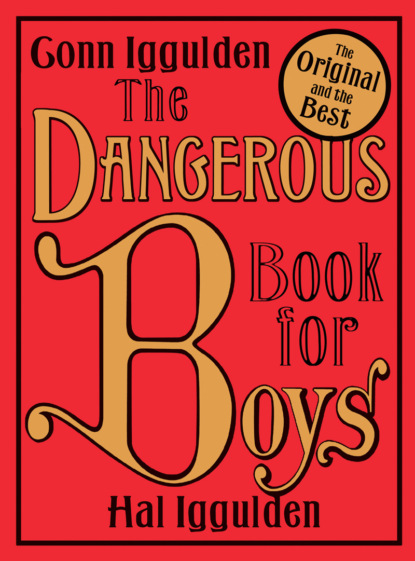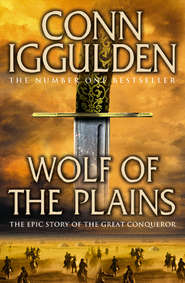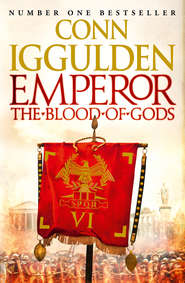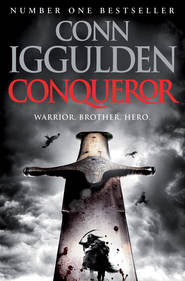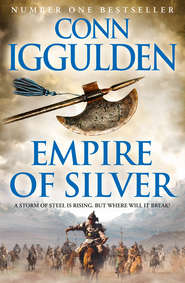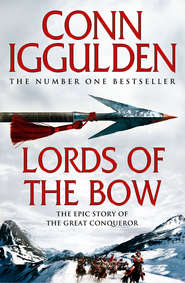По всем вопросам обращайтесь на: info@litportal.ru
(©) 2003-2024.
✖
The Dangerous Book for Boys
Настройки чтения
Размер шрифта
Высота строк
Поля
In fact, William of Normandy had probably been named heir by Edward the Confessor – as far back as 1051. William had also extracted a promise from Harold Godwinson to support that claim when Harold was shipwrecked off Normandy in 1064. In that sense, the 1066 landing was to protect his rightful throne, though that isn’t the usual view. We don’t know the exact size of his army and estimates vary enormously. It was probably around 12,000 cavalry and 20,000 infantry.
In September, Harold was busy repulsing Norwegian invasions. They had promised Harold’s brother Tostig an earldom for his aid. Harold marched north from London to relieve York from a Norse army. He met them at Stamford Bridge on 25 September, fighting for many hours. Of the 300 ships the Norwegians had brought over, only twenty-four were needed for the survivors. Tostig was killed. Stamford Bridge resulted in heavy casualties amongst Harold’s best soldiers, which was to prove of vital importance to the later battle at Hastings.
On 28 September, William of Normandy landed on the Sussex coast. Harold heard of the landing by 2 October and immediately marched 200 miles south – which his army covered in less than five days. That is forty miles a day with weapons and armour.
Harold rested his men in London from 6 to 11 October, then marched to Hastings, covering fifty-six miles in forty-eight hours. Again we have only estimates of the size of his army, but it is believed to have been around 9,000 men. He was badly outnumbered and only a third of his men were first-rate troops. Still, it is difficult to see what else he could have done. Harold took position on Senlac Ridge, about eight miles north-west of Hastings. On 14 October, the Norman army advanced in three lines: archers, pikemen and cavalry. William’s archers fired first at too long a range, then fell back through their own lines to allow the pikemen to reach the enemy. The second line stormed forward, but were battered back from the ridge by rocks, spears and furious hand-to-hand fighting.
William then led a charge up the ridge, but it too failed to penetrate. The Normans’ left wing fell back and Harold’s soldiers rushed forward to take advantage of their weakness. Harold’s army was set to crush the invaders as a rumour went around that William had fallen.
William threw off his helmet and rode up and down his lines to let his men see he was alive. As well as being a splendid moment, his action does show the importance of charismatic leadership at this time, a tradition going back to Thermopylae and beyond. When they saw William, the Normans rallied and crushed their pursuers. Seeing how this strategy had worked to his advantage, William used the technique again. He staged a false cavalry panic and succeeded in drawing more of Harold’s men from their position, his cavalry returning to cut them down. Yet most of Harold’s men remained on the ridge and the battle was far from over.
Вы ознакомились с фрагментом книги.
Приобретайте полный текст книги у нашего партнера:
Приобретайте полный текст книги у нашего партнера:





